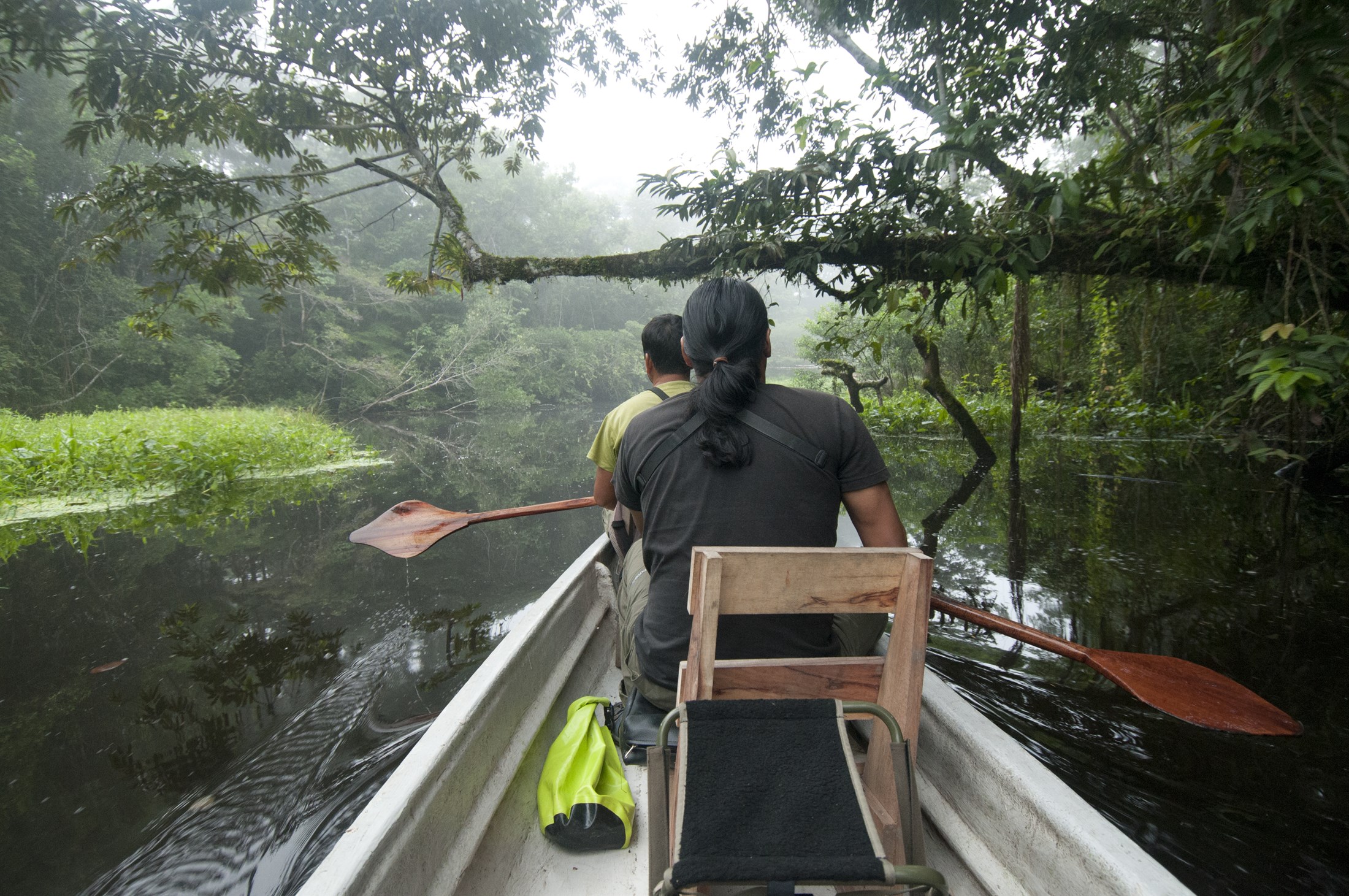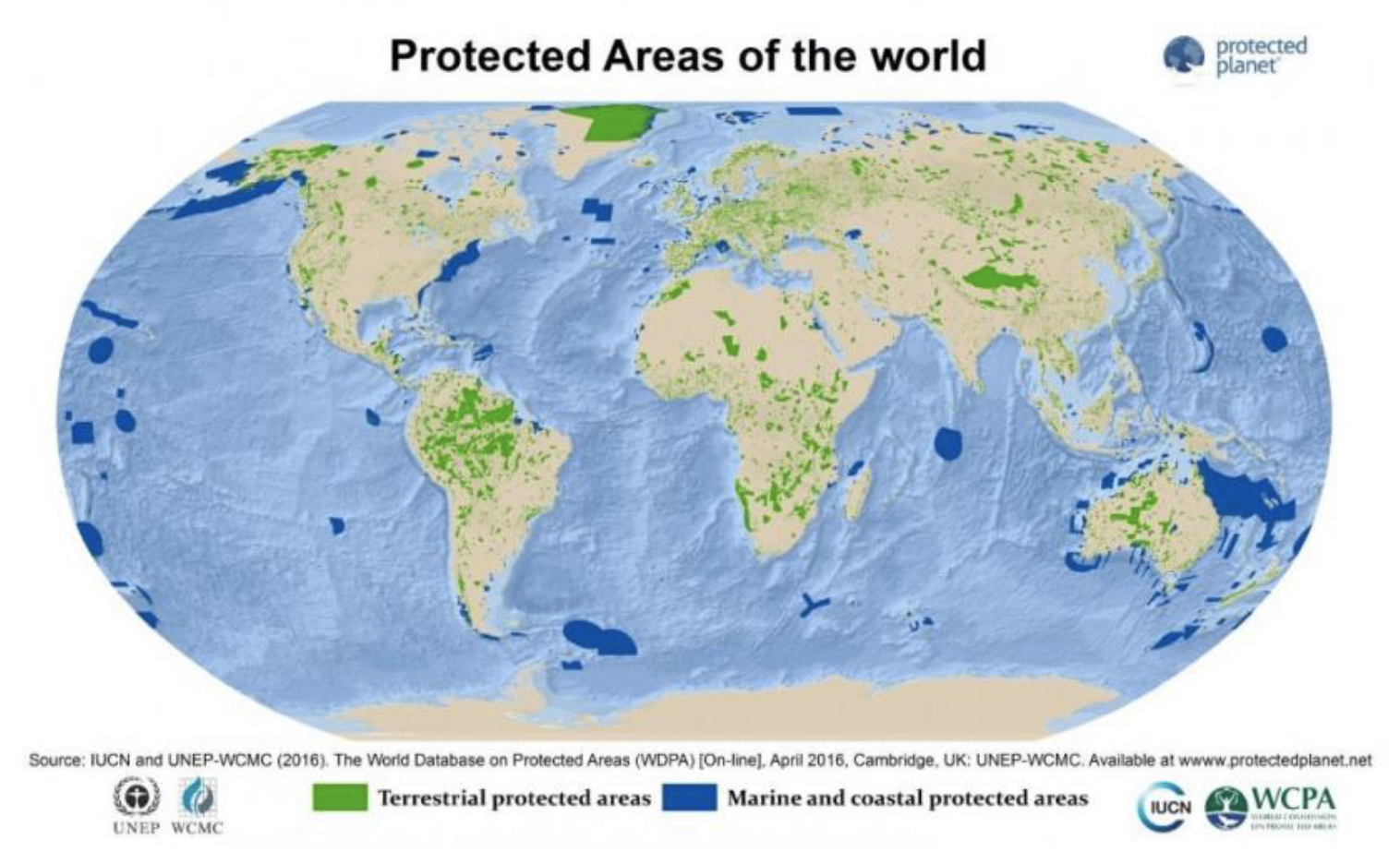2020 will be a pivotal year for the global biodiversity. The nations and organizations of the world will have to evaluate how far the goal has been reached to protect at least 10% of the ocean’s- and 17% of the land’s space. They will have to analyze how well the different ecosystems are thereby represented and how well the global network of protected natural areas is actually managed. That opportunity is coming soon: 193 governments are scheduled to meet in Kunming, China in October 2020 to adopt new global biodiversity targets. The current set of global goals to end biodiversity loss and restore ecosystems, known as the Aichi Targets, expires this year. At COP15 of the UN Convention on Biological Diversity (CBD), new goals will have to be decided for the protection of the global biodiversity to be reached by 2030.
In parallel to the huge awareness boost last year about the urgency to protect our climate, an impressive movement to safeguard the global biodiversity (known as #30×30) is growing rapidly. And clear connections are made between climate and biodiversity. It becomes common understanding that protecting or restoring 30% of the planet by 2030 for nature itself would provide huge carbon capture as well as biodiversity benefits.
Costa Rica, which LT&C profiles as a leading example, where an entire country is linking tourism and conservation, has become last year also the governmental leader of the #30×30 campaign: on the eve of the United Nations Secretary General’s Climate Summit in September, President Carlos Alvarado Quesada of Costa Rica, called for the formation of a High Ambition Coalition of nations to push for a Deal for Nature that will protect 30% of the planet by 2030. The governments of Seychelles, the UAE, Monaco, Gabon, and Mozambique have joined the initiative already that time, and more and more are following. As LT&C reported earlier, also Canada wants the world to decide on 30% protected areas as the goal for 2030 and has set already its nation<al goals in this direction.
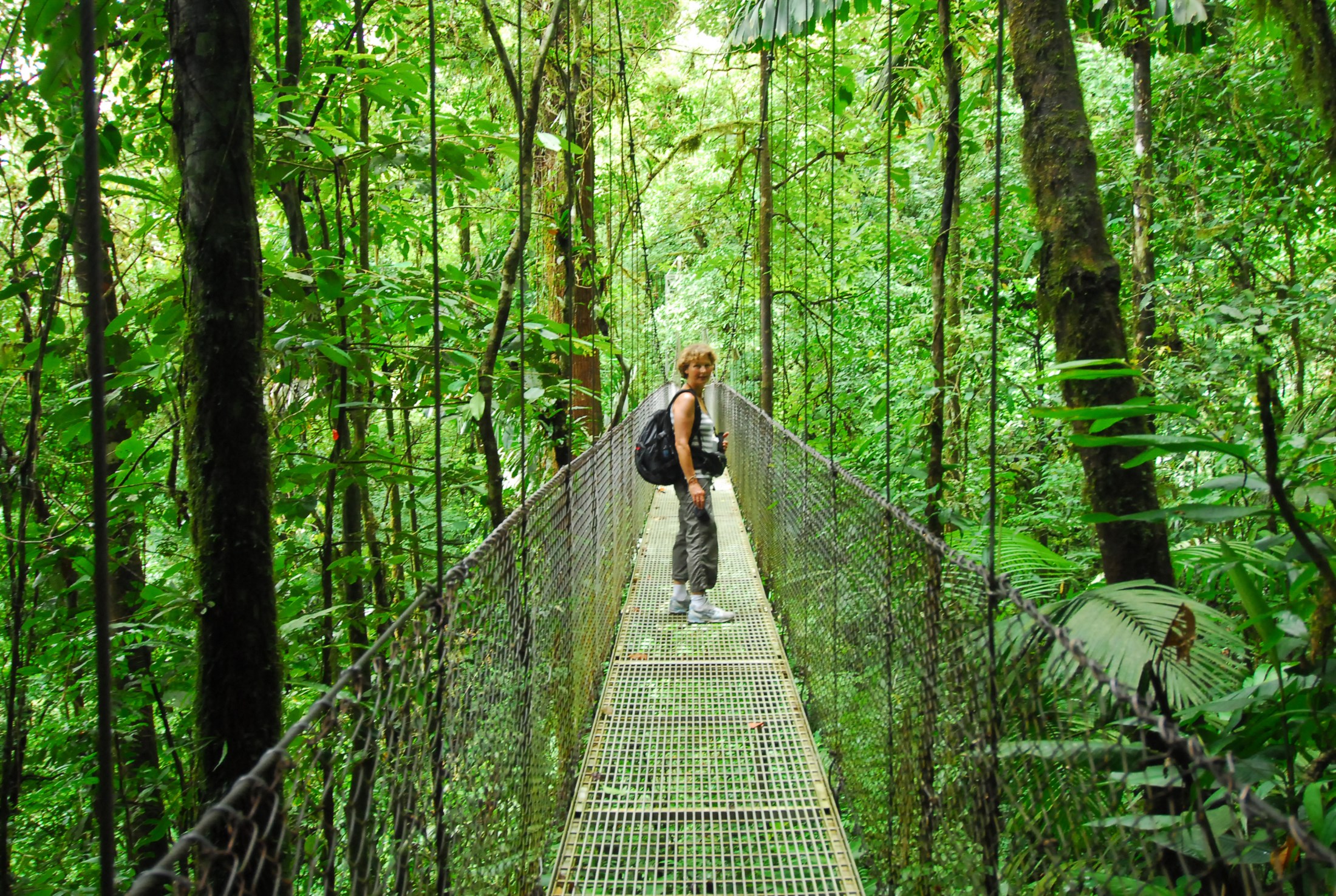
Other parts of the society had laid the groundwork for this goal. IISD reported already in May last year, that Scientists Call for Protecting 30 Percent of Lands by 2030: “Scientists have issued a renewed call for a ‘Global Deal for Nature’ (GDN) to “save the diversity and abundance of life on Earth” and to “fast-track the protection and restoration of all natural habitat by 2030.” They argue the GDN could provide a companion pact to the Paris Agreement on climate change, which could help conserve species, avoid catastrophic climate change and secure essential ecosystem services.”
As Ocean Unite put it: “Although the Ocean covers 70% of the Earth’s surface it
is still woefully under-protected, with only 2% strongly protected from destructive or extractive activities. The science is telling us we need to do much more to ensure a healthy Ocean for future generations. Strong protection of at least 30% of the Ocean is needed by 2030 (30×30) to build the resilience of ocean life to adapt to climate change and buffer it from other threats like overfishing.“
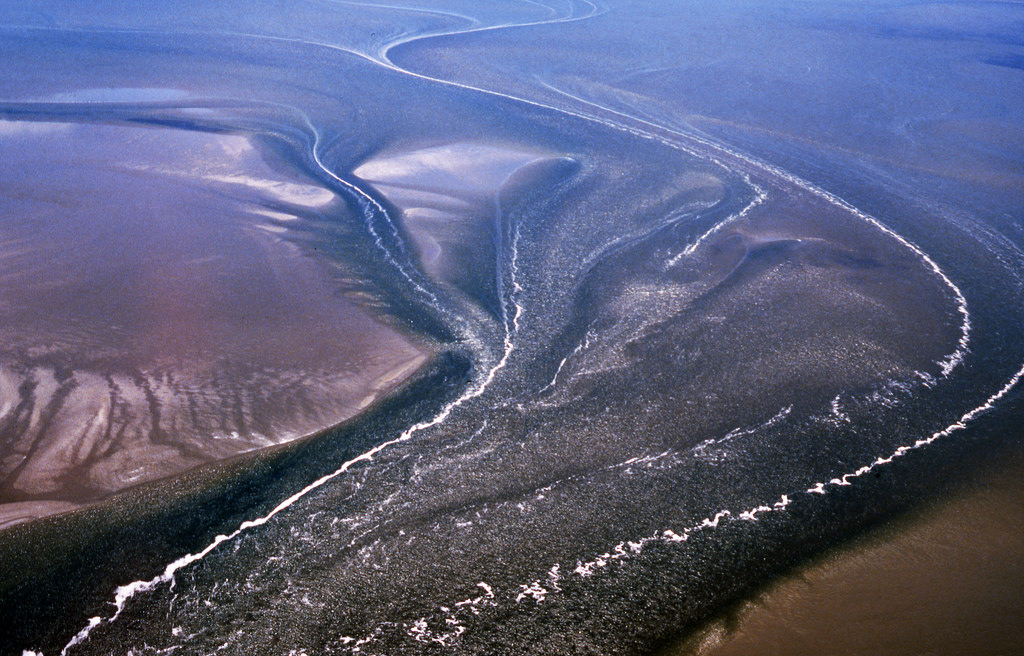
Referring to that “the world is suffering massive ecosystem degradation, unprecedented wildlife decline and extinctions“, The Nature Conservancy stated: “Governments and businesses now have an opportunity to take a critical, collective step to arrest this decline: to agree to protect at least 30 percent of the world on land and sea.”
30% may not even be enough. The WILD Foundation since longer runs the campaign “nature needs half“. To protect 50% of the planet will be an important topic at the 11th World Wilderness Congress in March in India.
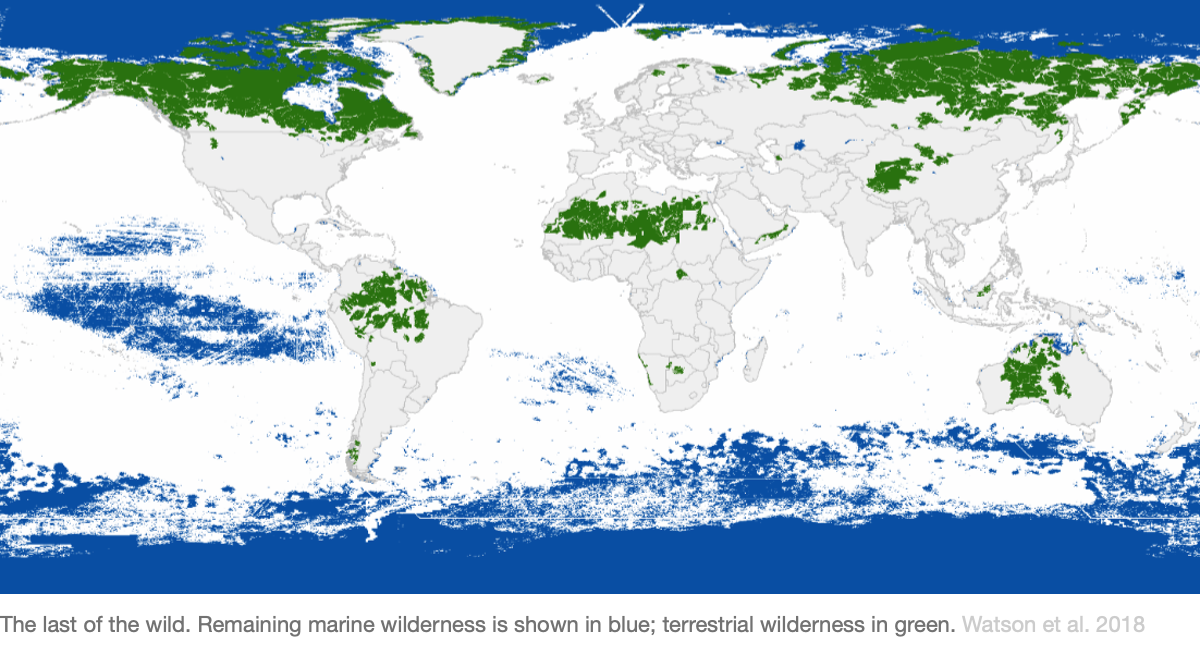
LT&C, which has been established in 2014 as a voluntary organization facilitating and profiling support from tourism for reaching the protected area goals, will use this year to evaluate its contributions and effectiveness and adapt to the new goals, which will be decided in October at the CBD COP15. We have to look into how LT&C can be a leading NGO to make tourism a major advocate and concrete supporter to safeguard global biodiversity. For this purpose, we are preparing a “Future-Workshop” (March 1-2, 2020, on the islands of Rügen and Vilm, Germany), where specially invited members will participate, contribute and set our own goals.
